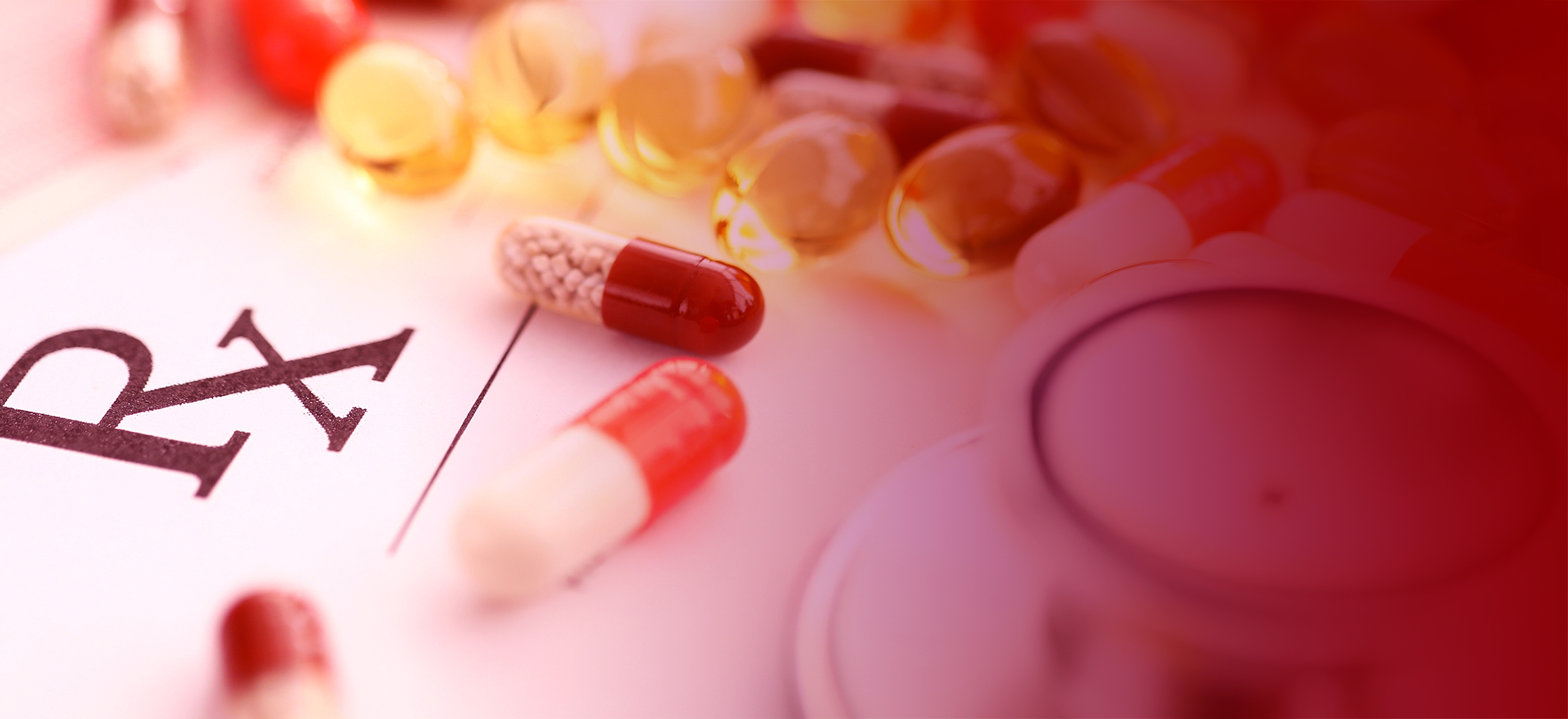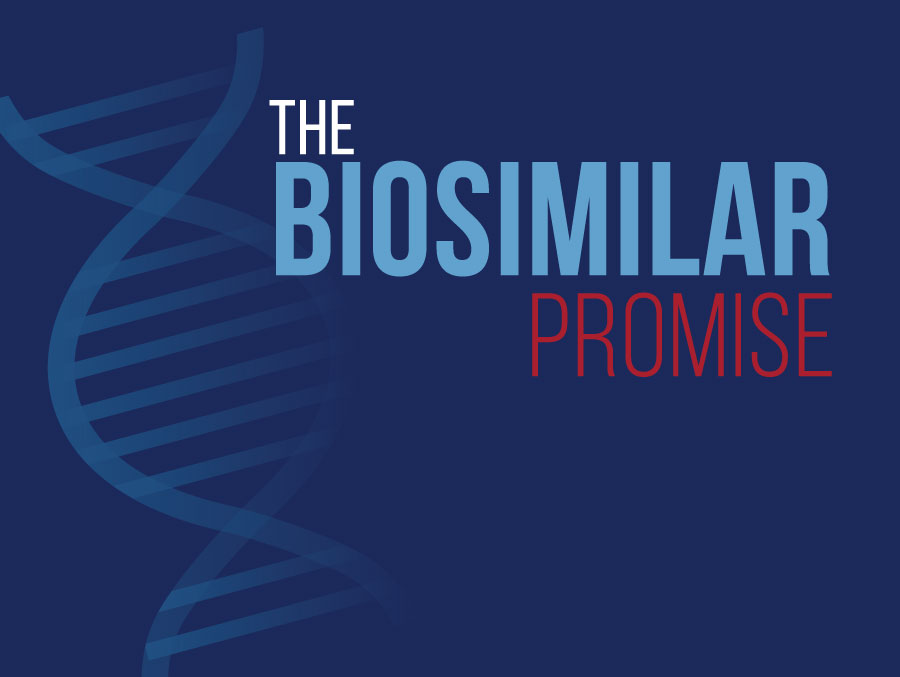New Brief: ‘Maximum Fair Price’ Policy Would Bring New Costs to Nevada Taxpayers, Put Patient Access to Health Care at Risk
SACRAMENTO – Nevada taxpayers could face millions in new bureaucratic costs and patients will likely see less access to life-saving drugs if state government mandates so-called “Maximum Fair Price” price controls on prescription drugs, finds a new brief released today by the Center for Medical Economics and Innovation at the nonpartisan, California-based, free-market think tank, the Pacific Research Institute. “Some Nevada lawmakers want to enact government price controls on prescription drugs in the name of lowering costs for patients,” said Dr....






